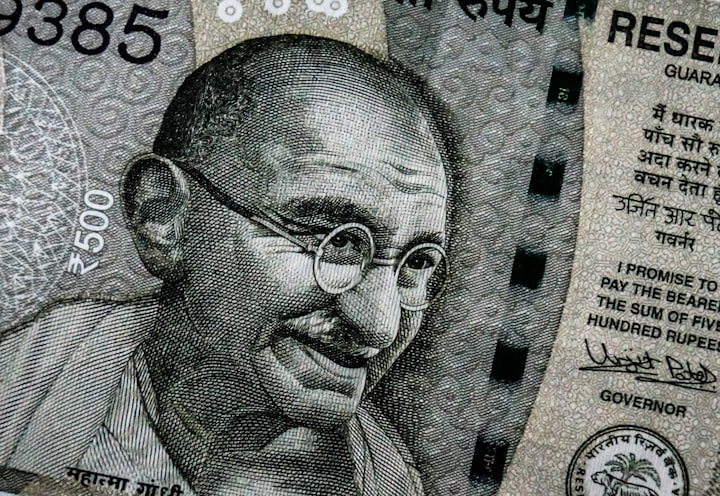St Charles Borromeo
A reforming and caring cardinal in 16th century Italy

4th November is the official saint’s day for Charles Borromeo, a noted reformer of the Catholic Church in the late 16th century.
Born in 1538 to a family of nobility in northern Italy, Charles Borromeo originally intended to follow a career in the law, but in 1559 his uncle, Cardinal Giovanni Angelo Medici, became Pope Pius IV. As was common custom at the time, the new pope appointed his nephew to the post of Cardinal in the church. This was a means by which popes could promote the interests of their family, particularly as only cardinals could elect the next pope. The practice of favouring nephews in this way is the origin of the English word “nepotism”.
Charles appears to have taken his new duties seriously, living an austere life himself and encouraging others in the Roman Curia to do the same. He was active in helping to organise the final sessions of the Council of Trent (1562-3) which sought to respond to the Protestant Reformation by setting the Catholic Church’s house in order.
When Charles’s elder brother died in 1562, he was urged by his family to give up his church career and manage the family estates. However, he refused to do so and instead became ordained as a priest (one could be a cardinal without being a priest in those days!) and thereafter as a bishop. In 1564 he was appointed Archbishop of Milan, but was only allowed to take up his duties a year later.
The Archdiocese of Milan was huge, stretching from Geneva to Venice, with more than 3,000 clergy. Abuses were rife, caused largely by indifference and corruption on the part of its past leaders, and Charles Borromeo set about a wholesale cleansing and reform of what he found, based on the conclusions handed down by the Council of Trent.
Needless to say, he faced a lot of opposition from those whose cushy lifestyles were put under threat, and in 1569 he was shot and wounded by a would-be assassin, but survived. He determined to be even more vigorous in his efforts, especially when they were of direct benefit to the poorest members of his flock.
When famine struck Milan in 1575, followed by plague, the city’s governor and many nobles fled the city but Borromeo stayed put to organise relief efforts. He won the confidence of many leaders of religious houses and was able to co-ordinate a programme that fed up to 70,000 people on a daily basis, paid for in part out of his own funds. His devotion to the people eventually shamed the governor into returning to the city to do his job.
Charles Borromeo travelled widely across his diocese in his double mission to care for the poor and to reform religious institutions. Eventually this constant endeavour wore him down, and he died in 1584 at the age of only 46.
He was greatly venerated after his death and his progress towards sainthood was a relatively rapid one – he was beatified in 1602 and canonised in 1610. He is one of only two “cardinal nephews” to have become saints.
One of the most remarkable memorials to a saint is the massive statue of Charles Borromeo at Arona, north-west of Milan (the ancestral home of the Borromeo family) . It stands 23 metres high on a 12-metre high plinth (see photo above). It is second in size only to the Statue of Liberty among free-standing bronze statues (and was a model for the later statue). The “Sancarlone” statue, designed by Giovanni Battista Crespi, was begun in 1614 but only finally erected in 1698. As with the Statue of Liberty, visitors can climb the interior and look out from the top, in Borromeo’s case through his eyes and ears.
About the Creator
John Welford
I am a retired librarian, having spent most of my career in academic and industrial libraries.
I write on a number of subjects and also write stories as a member of the "Hinckley Scribblers".






Comments
There are no comments for this story
Be the first to respond and start the conversation.